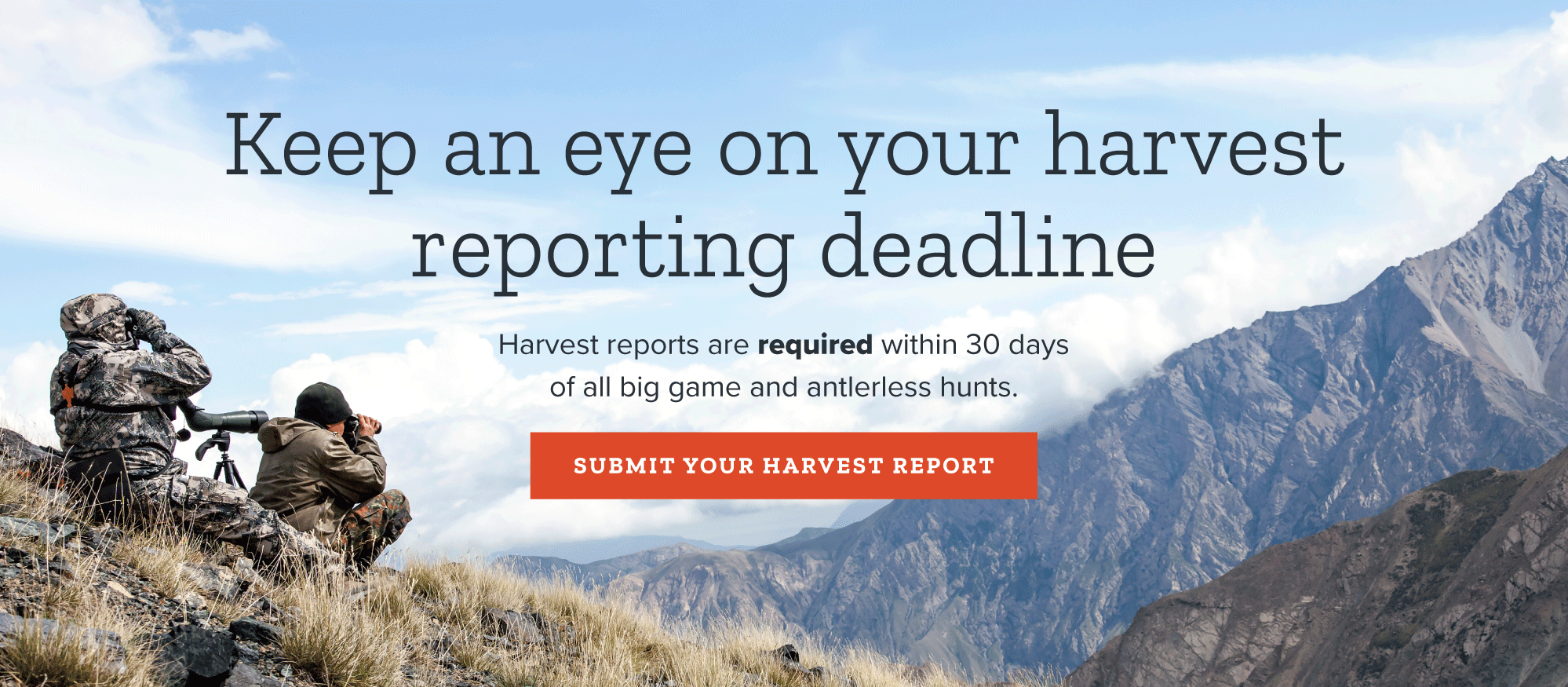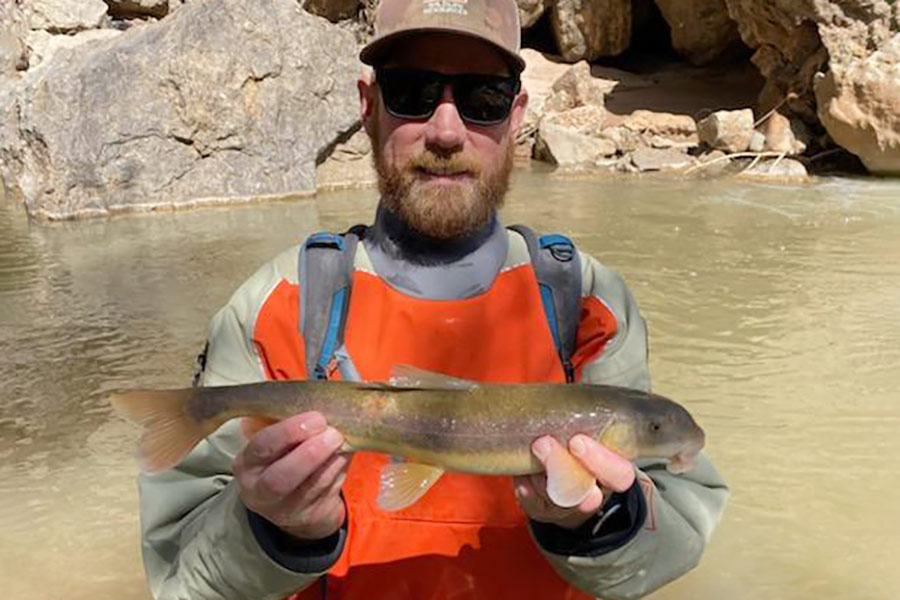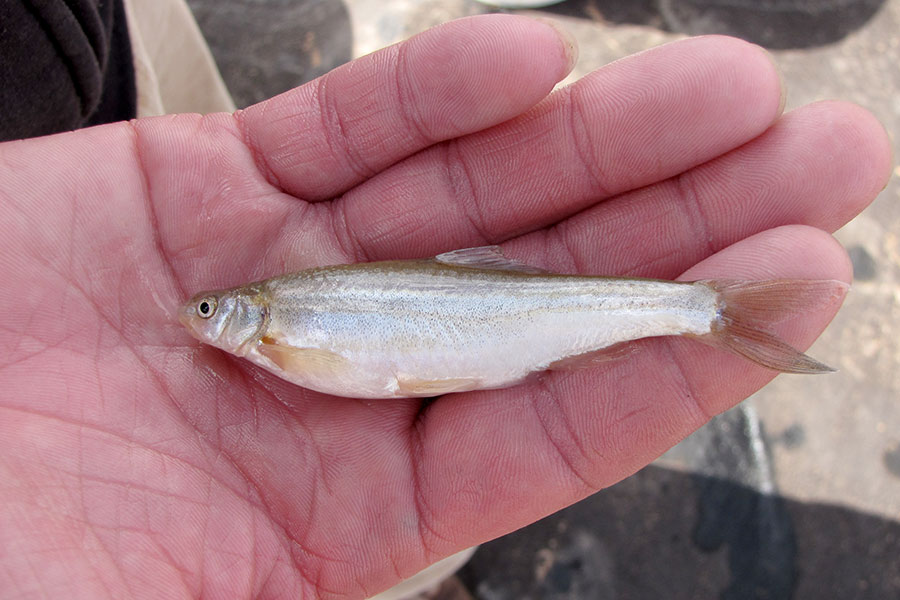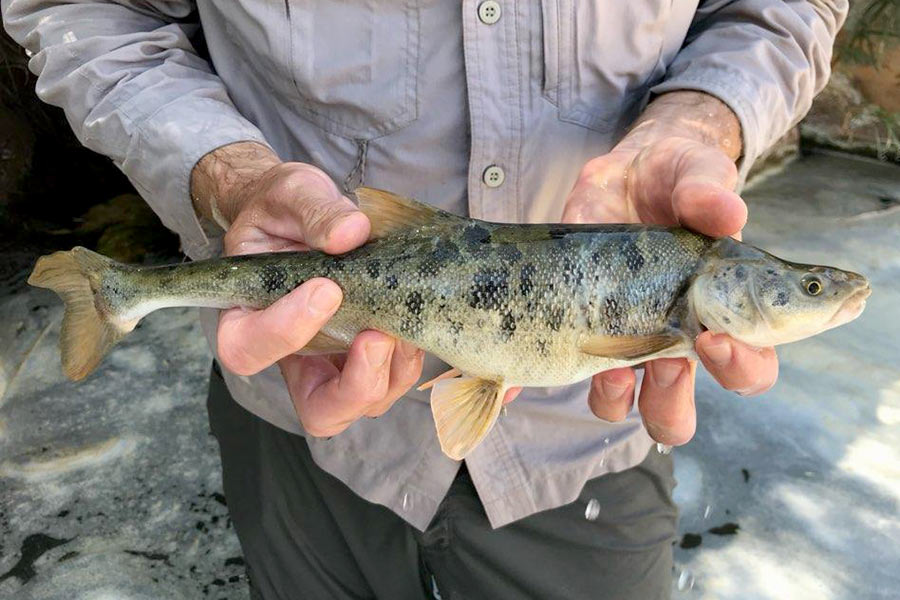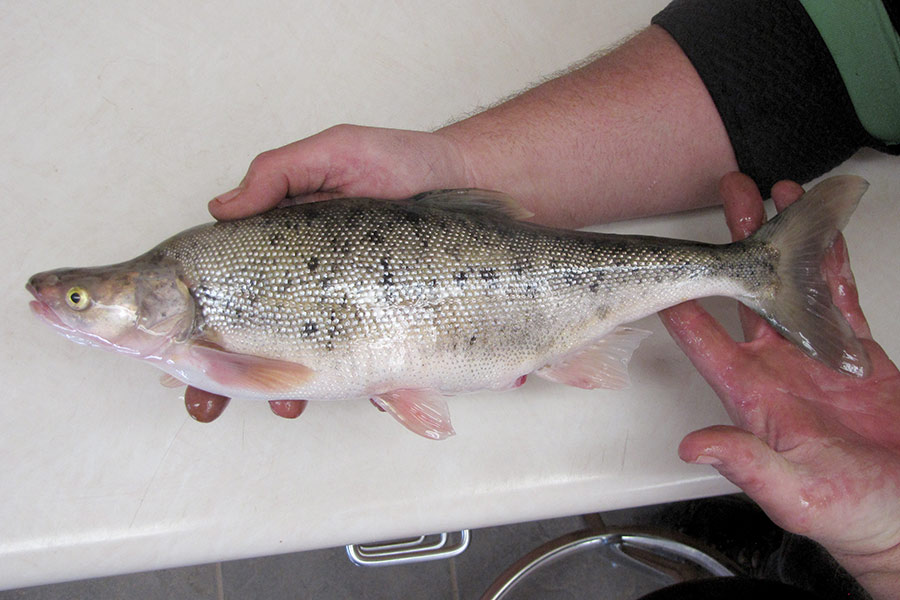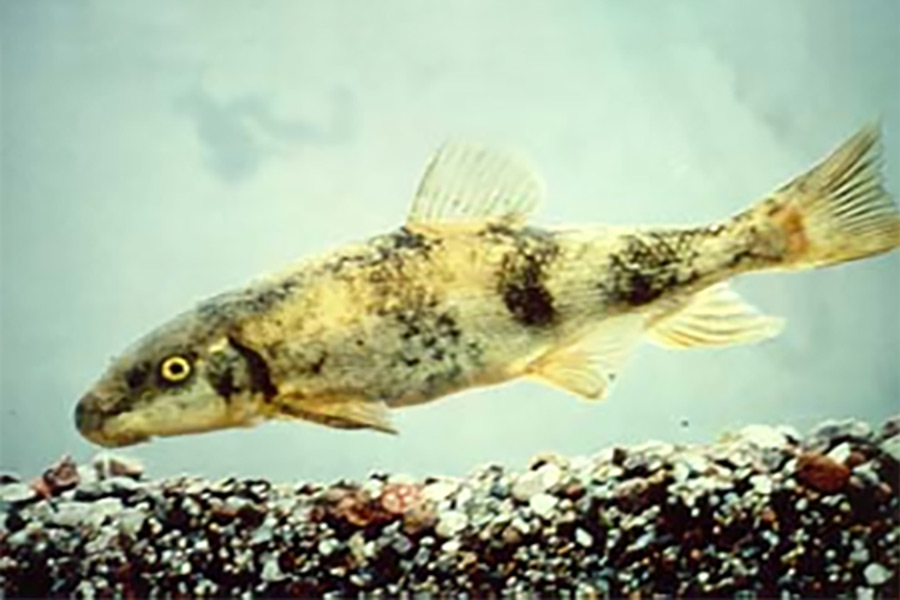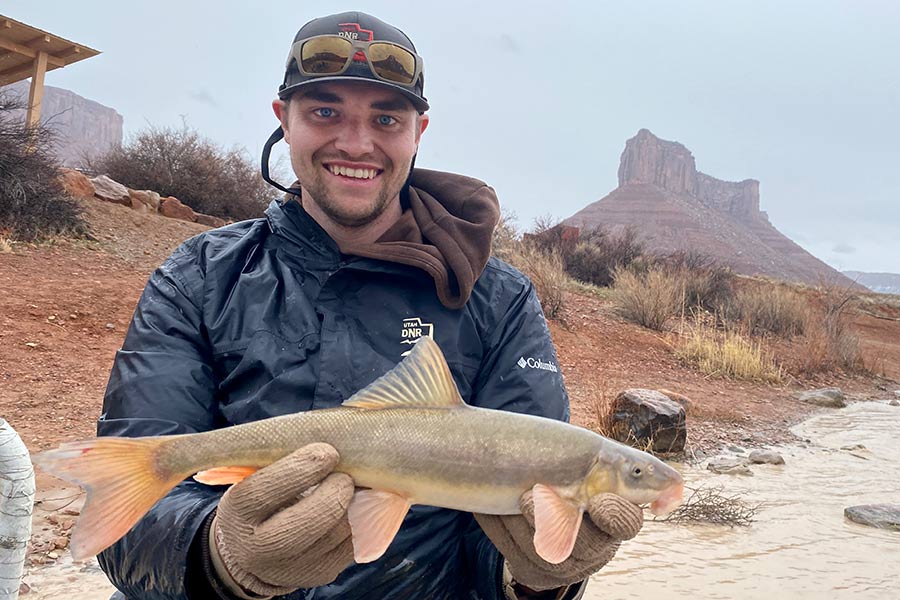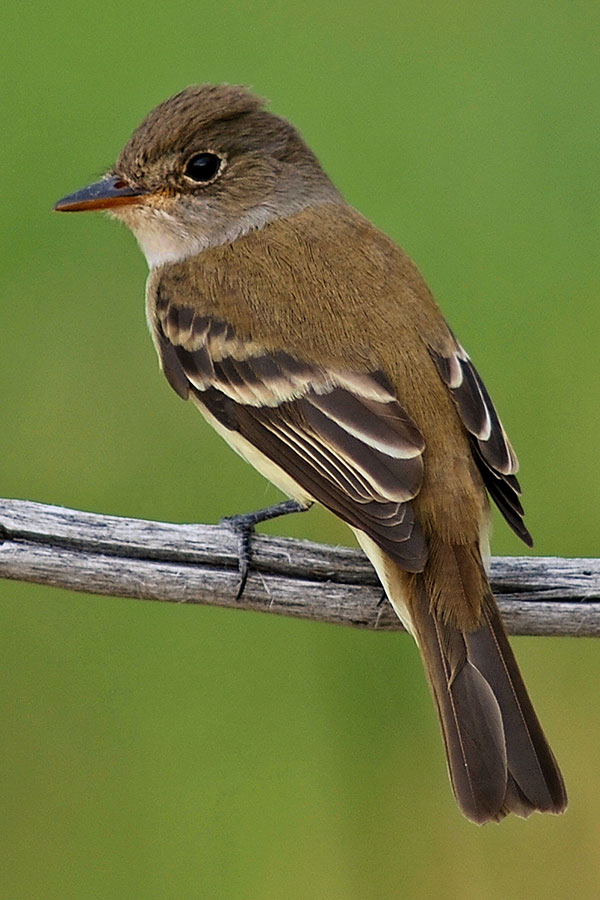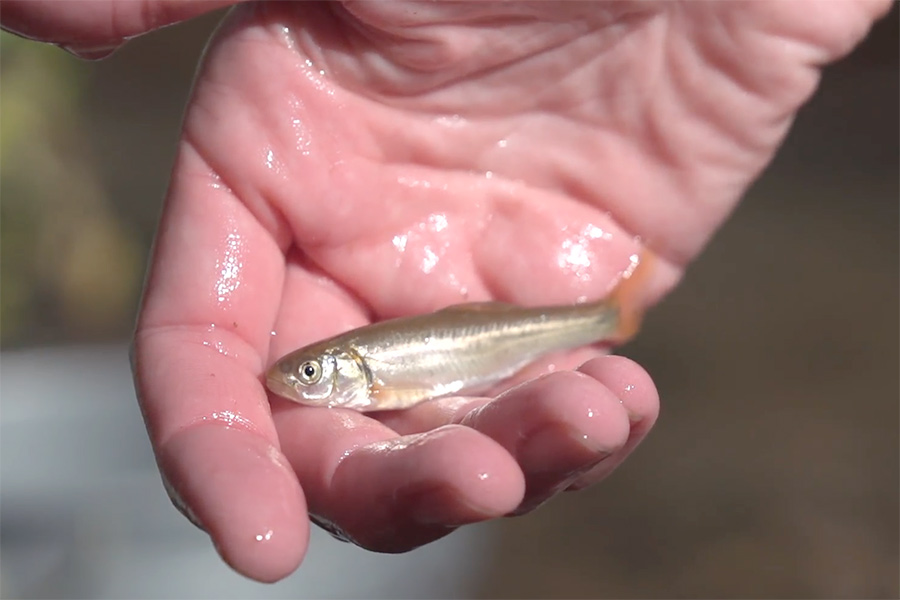Virgin River Program: How the DWR, partnering agencies are helping 6 fish, 2 bird species recover
Salt Lake City — The Virgin River Basin in Washington County is home to several fish and wildlife species that are found nowhere else in the world, and the Utah Division of Wildlife Resources and several partnering agencies are helping these rare species to recover through a unique cooperative partnership.
The Virgin River Program was started in 2002 as a collaboration among 10 agencies to help recover six fish and two bird species, some of which are listed under the Endangered Species Act. Along with recovering these fish and wildlife species and protecting their habitat, the program also works to balance those conservation efforts with continuing enhanced water development — in accordance with state, tribal and federal laws — to meet the needs of users in the Virgin River Basin.
The species that are a focus of the Virgin River Program recovery efforts include:
- Woundfin (endangered under ESA since 1970): The woundfin is only found in a small section of the Virgin River and has large fins and a scaleless, streamlined body. These features help the fish survive in the swift and silty Virgin River, the only place where woundfin are found in the world.
- Virgin River chub (endangered under ESA since 1989): The Virgin River chub is also only found in the Virgin River. It has a sloped forehead, humped back and thin rounded tail. During spawning season, the fins of the males turn bright orange and they get bony bumps on their head and fins.
- Desert sucker: This fish species gets its name because it uses its thick lips to scrape rocks on the bottom of the river to eat algae and insects. The males are also colorful during spawning season and develop orange and black "racing stripes" along their sides.
- Virgin spinedace: These fish look, feed and act like miniature trout and are found in the Virgin River and its tributaries. They are silvery-colored minnows with sharp, spiny rays on their dorsal fin.
- Flannelmouth sucker: This fish is the largest native fish found in the Virgin River, and can grow up to 2 feet in length. They also have fleshy lips, but use them to cruise around the streambed, consuming algae and insects.
- Speckled dace: The speckled dace currently have healthy populations and can be found in large numbers throughout the Virgin River and its tributaries. During spawning season, the lips of the males turn bright reddish-orange.
- Southwestern willow flycatcher (endangered under ESA since 1995): This small bird migrates from Central America to southwestern Utah to breed along the Virgin River between April and August and is identifiable by its distinctive "fitz-bew" call.
- Western yellow-billed cuckoo (threatened under ESA since 2014): This slender, long-tailed bird is rarely seen in southwestern Utah, but occasionally these birds are heard or seen along the Beaver Dam Wash and the Virgin and Santa Clara rivers.
Most of these species have been identified by the Utah Wildlife Action Plan as species in need of conservation attention. Several of these species faced population declines due to the illegal introductions of invasive fish species, loss of habitat, and ongoing drought and low-flow conditions.
"I've always had a passion for working with 'non-huggable species,'" DWR Southern Region Native Aquatics Biologist Melinda Bennion said. "So being able to help people see the value in conserving and protecting small endemic minnows in the Virgin River has been very motivating for me and the work we do. The Virgin River Program has accomplished great strides in native fish recovery and conservation, and without the collaboration of the Virgin River Program and its partners, I honestly think woundfin would not exist today."
Some of the conservation actions taken through the program include:
- Completing one of the most complex non-native fish eradication efforts ever proposed and systematically removing invasive red shiner from over 65 miles of streams and over 30 miles of irrigation canals, ditches, drains and pipes.
- Implementing measures (including barriers) to prevent invasive non-native fish from re-entering the Virgin River in Utah and Arizona and impacting the native fish.
- Restoring, enhancing and protecting floodplain and river habitat from Zion National Park to the Utah/Arizona border.
- Preventing ESA listing of Virgin spinedace (1995 and 2021) and avoiding large-scale critical habitat designation along tributary streams to the Virgin River, thus maintaining ease and flexibility of water and infrastructure development.
- Developing creative solutions with limited water resources to enhance stream flows to remove factors limiting native fish survival.
- Providing swift and continual regulatory and biological oversight required for compliance to facilitate stream-alteration projects (including flood control, pipeline crossings, trails, roads, bridges, etc).
- Establishing a local educational outreach program in 2007 for youth and adults to educate the public about the importance of native species in the Virgin River Basin through hands-on field trips and activities, classroom presentations, and a paid student internship program.
The partnering agencies involved in the program include:
- Utah Department of Natural Resources
- Washington County Water Conservancy District
- U.S. Fish and Wildlife Service
- The Nature Conservancy
- Bureau of Land Management
- U.S. Forest Service
- Dixie Soil & Water Conservation District
- Shivwits Band of Paiutes
- National Park Service
- Utah Farm Bureau Federation
"While these are the signatory partners, we are supported by a multitude of other partners including county, municipal and private entities to complete day to day and mitigation efforts," Steve Meismer, the Virgin River Program Local Coordinator for the Washington County Water Conservancy District, said. "While our on the ground actions are important, the public can greatly help our efforts by following the guidelines of the 'Don't Ditch a Fish' campaign. One of the biggest challenges native fish face is the presence of non-native fish that have been introduced from other areas or released from aquariums. Please do not move fish from one waterbody to another or release your pet fish into the wild. These fish upset the delicate balance of the ecosystem and create significant issues for native species."
There are currently 17 wildlife species in Utah on the federal endangered species list, with nine listed as endangered and eight listed as threatened. An endangered species is any species that is at serious risk of extinction in a specific area or throughout all of its natural habitat. A threatened species is any species that is likely to become an endangered species in the foreseeable future throughout much or all of its habitat. The U.S. Fish and Wildlife Service has jurisdiction over adding species to the threatened and endangered species list.
Since 2001, the DWR and other partners have helped prevent 20 wildlife species from being listed as endangered and threatened through conservation efforts.
Learn more about the Virgin River Program by visiting its website and listening to a recent DWR podcast episode.
